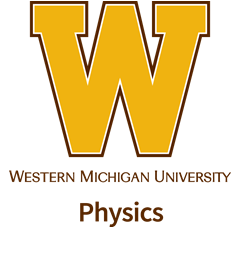Speaker
Dr
David Kilcrease
(LANL)
Description
Radiative opacities are important quantities that contribute to the prediction of radiation transport in astrophysical objects. To calculate these opacities requires a knowledge of all electron energy level populations that can contribute significantly to photoabsorption and photon scattering in the mostly plasma environments of these objects. This can be a daunting task. Unlike a conventional equation of state that relates thermodynamic variables to uniquely describe the macroscopic state of an equilibrium solid, liquid, or gas, an “opacity equation of state” requires all the statistical thermodynamic details that are the ultimate basis of that conventional equation of state. The range of temperatures ($T$) and densities ($\rho$) required for these opacity calculations can also be extraordinarily large. Therefore it is often necessary to combine results that work well for more limited $\rho-T$ domains to produce equation of state quantities that cover a very large range of $\rho-T$ space.
We will give an overview of some of the more common equations of state that are currently used to produce opacities for astrophysical applications, and will go into some detail on the particular approach used for the recently updated Los Alamos National Laboratory opacity tables that cover the elements hydrogen through zinc. Our method uses a chemical picture with occupation probabilities that depend on the plasma environment to construct a free-energy function that we then minimize to obtain the equilibrium populations of energy levels and ionic species. This method guarantees thermodynamic consistency.
Author
Dr
David Kilcrease
(LANL)

